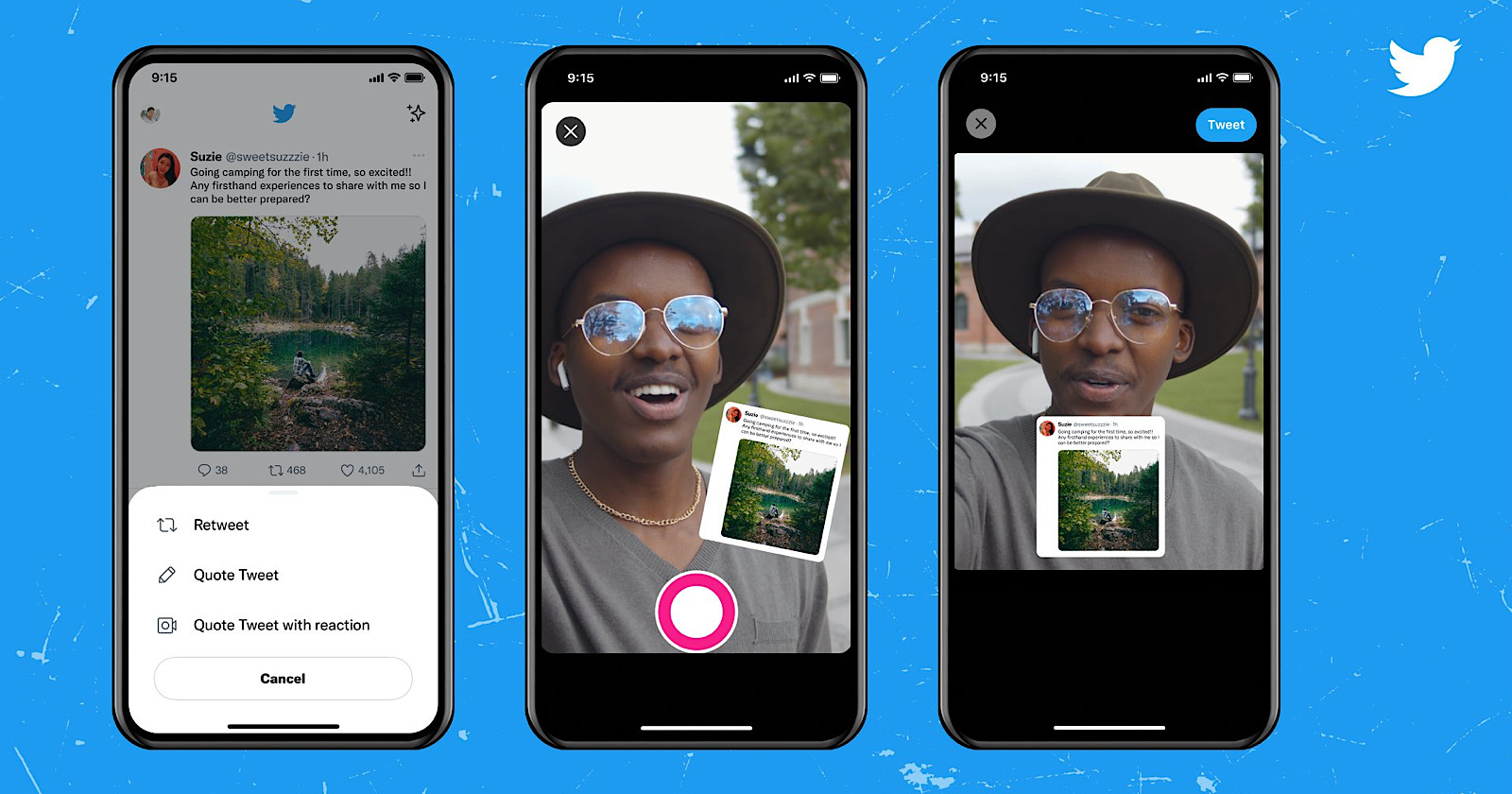How to Improve SEO: 15 Tactics to Boost Your Rankings (That Don’t Require New Content)
But that doesn’t mean there aren’t any low-hanging opportunities to improve your SEO. Not only will the tactics below improve your rankings, but they also don’t need you to create new content. Let’s go through them. The title tag...

Shows how many different websites are linking to this piece of content. As a general rule, the more websites link to you, the higher you rank in Google.
Shows estimated monthly search traffic to this article according to Ahrefs data. The actual search traffic (as reported in Google Analytics) is usually 3-5 times bigger.
The number of times this article was shared on Twitter.
SEO is a long-term game. But that doesn’t mean there aren’t any low-hanging opportunities to improve your SEO. Not only will the tactics below improve your rankings, but they also don’t need you to create new content. Let’s go through them. The title tag is one of the first things a searcher sees: Making it attractive can entice them to choose your page over the others on the SERPs. However, there is no point in optimizing the title tags of pages that won’t be seen by searchers. So we want to focus on pages that are already ranking high, specifically those in positions #2–5. Here’s how to find them: We can then use ChatGPT as inspiration to create compelling title tags. For example, let’s ask it to create 10 click-worthy titles for this blog post. For best results, I’ll give it a working title and ask it to limit these titles to a maximum of 60 characters (since Google cuts off title tags beyond that). Pretty decent. And we can make it even better, using the strategies in the articles below. At Ahrefs, we perform a content audit every quarter. In one such audit, I discovered that organic traffic to our post on free SEO tools was declining. So I updated it. And traffic shot up. The easiest way to find content worth updating is to install our free WordPress SEO plugin and run a content audit. This will tell you which articles to update. Then follow the steps in the resource below to update these posts. If the top-ranking pages cover similar subtopics, they’re likely important and what searchers expect to see. We can find these subtopics by looking at the common keywords the top-ranking pages rank for. Here’s how to find these “content gaps”: This opens up the Content Gap report, where you’ll see the common keyword rankings among these pages. Look through the results to see if there are any subtopics you can cover. For example, if we wanted to update our post on earned media, we might consider including subtopics like these: Internal links are links from one page on the same domain to another. Internal links aid the flow of PageRank around your site (which is a confirmed Google ranking factor). When used correctly, they can boost the performance of your pages in Google. Here’s how to find pages to add internal links to: This report shows you relevant internal link opportunities on your site. Search for your “money” pages by setting the filter to “Target page.” Look through the recommended suggestions. Where relevant, add your internal links. Broken backlinks occur naturally because websites often remove or redirect pages. But if you have broken pages that many sites are linking to, you’re losing potential referral traffic and “link equity.” Here’s how to find these pages: Then follow this flowchart to decide how to “fix” them: Google often shows a full or partial answer to a query directly on the SERPs. This is known as a featured snippet, and you can often jump ahead of everyone else by grabbing it. But how do you win the snippet? First things first: From our knowledge, you’d have to be already ranking on the first page. Which means to optimize for featured snippets, you’ll have to find keywords: Here’s how to find them: Look through the list to see if there are opportunities where you can grab the snippet. For example, we currently rank #3 for “seo content strategy”: Looks like the snippet demands a definition for “seo strategy,” which we didn’t have on our page. We could include that definition and, hopefully, win the snippet for ourselves. FAQ sections answer popular questions about a topic. Adding them to your page can help you rank higher for long-tail keywords. Because we answered a common question related to H1 tags—the length—we now rank on Google when people are searching for this answer: Here’s how to find frequently asked questions to answer: Unlinked mentions are online mentions of your brand or product that don’t link back to your site. For example, this page mentions us but doesn’t link back: Here’s how to find unlinked mentions for your brand: In this example, there are millions of pages to look through, so it’s worth filtering the report by Domain Rating (DR) or referring domains to exclude “low-value” opportunities. Here’s an example of an unlinked mention we found for our brand: Rather than just reaching out and asking the author to add a link or make the link “clickable,” think about how you can help improve the content and make it beneficial for the author. In our example, since it’s a product review and there was no mention of our free SEO tools or AWT, we could reach out and let the author know. Part of Google’s Page Experience signals, Core Web Vitals (CWV) consist of these: They are Google ranking factors. You can check your CWV data using PageSpeed Insights, a free tool provided by Google that analyzes a page’s performance and provides suggestions for improving its speed and user experience. You can also connect PageSpeed Insights’ API to Site Audit and see your Core Web Vitals together with other technical SEO issues: Google uses alternative text (alt text) to understand the subject matter of an image. They can also help your images rank in Google Images and get traffic too. Run a crawl with Site Audit (via Ahrefs Webmaster Tools) to find images on your site without alt text: It’s then just a matter of going through them and adding alt text. Keep it descriptive and concise, but don’t stuff keywords (e.g., “black kitten”). If you’ve already created a piece of content, you can go the extra mile by repurposing it into different formats. For example, we turned our SEO checklist into a video: I also turned my post on the Skyscraper Technique into a Twitter thread: Does the Skyscraper Technique still work? We asked our followers this question and received 1,242 votes. Here are the results: pic.twitter.com/l8qadplDAF But why do this if your goal is to improve your Google rankings? Well, YouTube videos rank on Google search results too: Google also introduced Perspectives in 2023. This is a tab on the SERPs that allows users to see results from TikTok, YouTube, Quora, Reddit, tweets, and more. Heads-up! Perspectives rolled out on 6/12 and officially last week, but now I’m seeing the sister SERP feature that Google said would show up in the 10 blue links. It’s also labeled “Perspectives”, provides cards for discussions, social, etc. & links to the Perspectives filter: pic.twitter.com/0NBEEPI31a Essentially, Google will begin showing results from other channels too, not just websites. So there could be a possibility that “improving SEO” in the future means creating content on other channels too. Sitelinks are links to other pages (or sections of a page) that appear under some Google search results. They give you more visibility on the SERPs. Sitelinks are often jump links on the page: So a good way to influence them is to create a table of contents for your pages. This is what we do for every blog post: If you’re using WordPress, you can do this via a plugin, like Easy Table of Contents. If you’re a business serving customers locally, you’ll want to appear on local “map pack” search results too. The easiest way to begin boosting your local rankings is to claim and optimize your Google Business Profile (GBP). Once claimed, the information you add to your business profile can show up in Google’s web search results and in Google Maps. Follow the guide below to learn how to optimize your GBP. Local citations are mentions of your business’s name, address, and phone number (NAP) online. In all, 7% of SEOs think these citations are the most important ranking factor. The easiest way to build these citations is via directories. Here’s how to find industry and local directories: This will show you the websites linking to one or more of your competitors’ homepages, but not to yours. Look through the list to find sites that are niche and local directories. If you’re not sure whether a site is a directory, click the caret in one of the competing page columns to see the referring page, anchor, and backlink. It’s usually quite obvious from these: If Google can’t index your pages, you won’t be able to rank in the search results at all. Make sure this doesn’t happen by running a crawl with Site Audit, via Ahrefs Webmaster Tools. If any of your pages have a noindex tag—which prevents Google from indexing the page—it’ll show up as an issue: Unless they’re inserted deliberately, you’ll want to remove those tags. These tactics have the potential to boost your rankings in search engines. But don’t expect your rankings to jump overnight. Our research suggests that only 5.7% of all newly published pages reach the first page of Google within a year. That’s no surprise. SEO is a long-term game. So while it makes sense to implement these “low-hanging fruit” tactics, they’re no replacement for a long-term SEO strategy. Have questions or comments? Let me know on Twitter or Threads.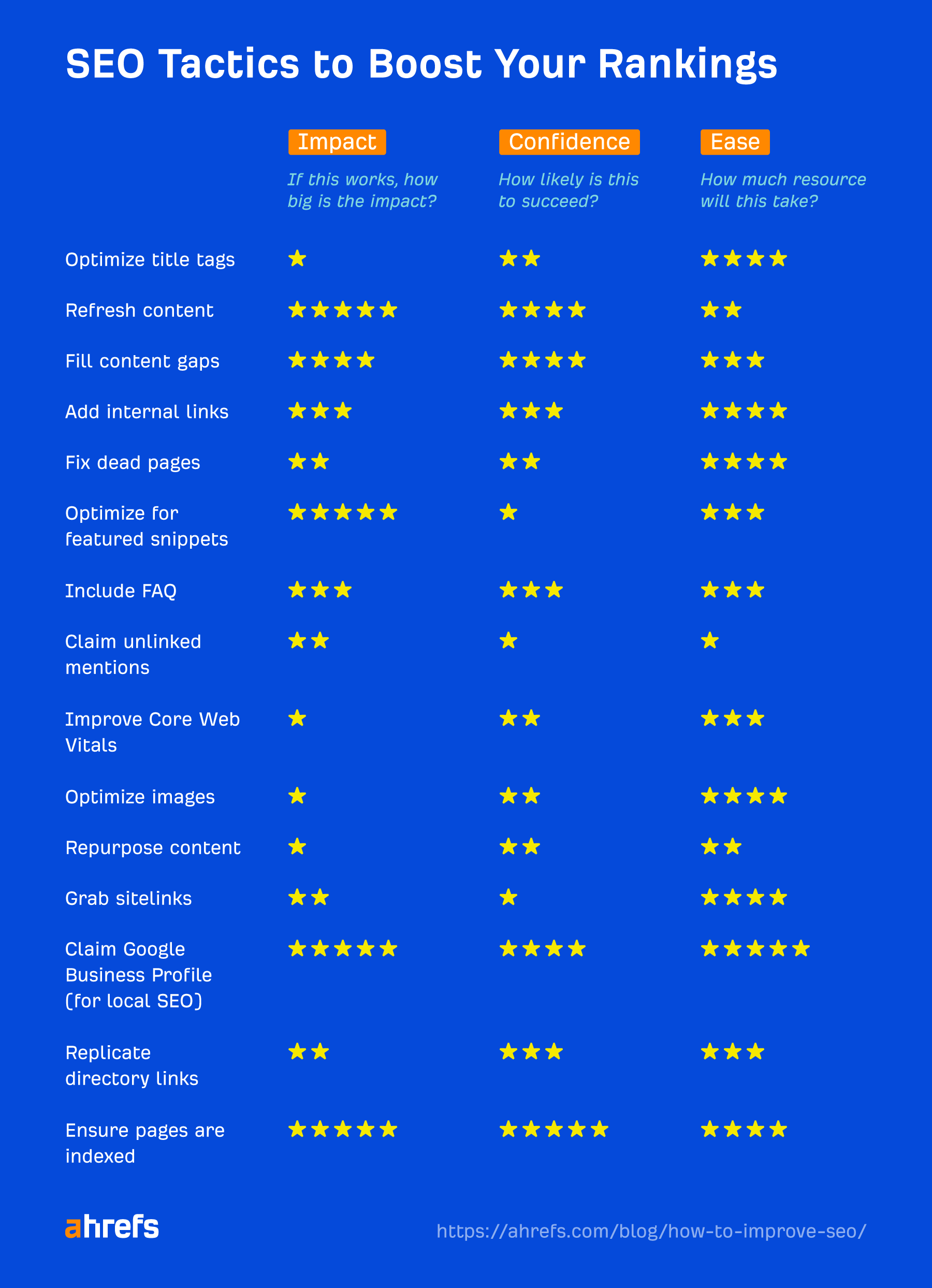

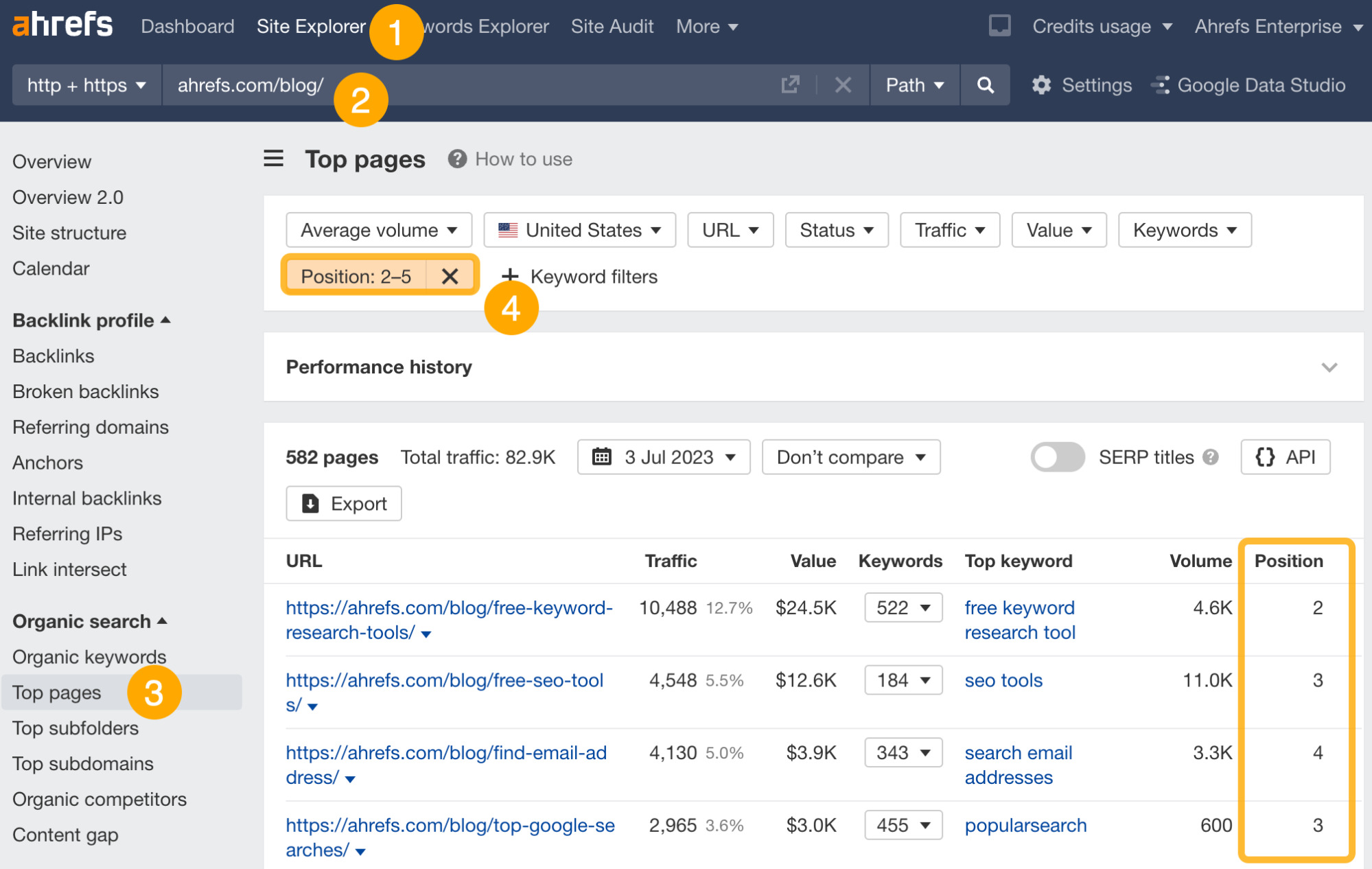







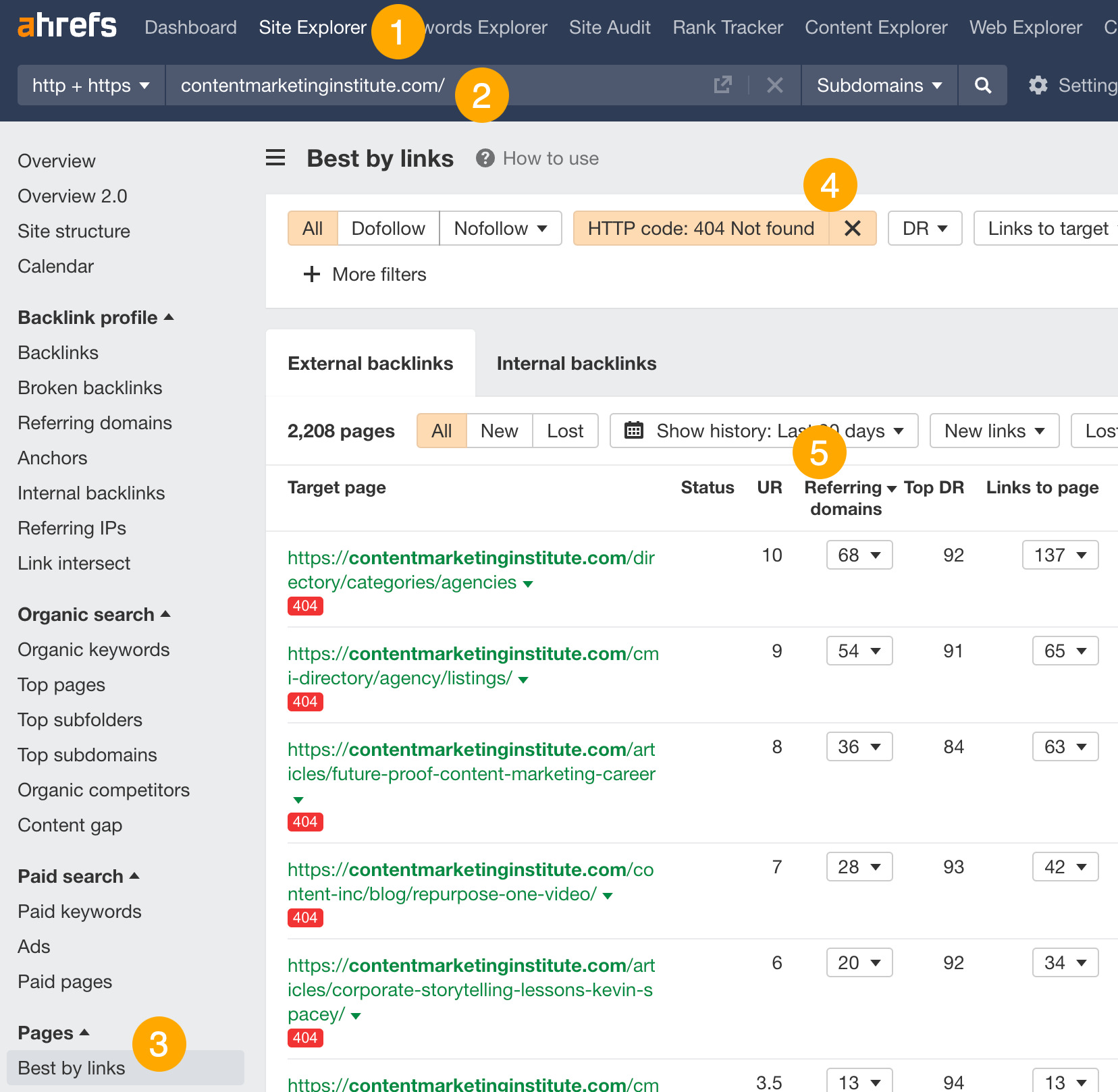
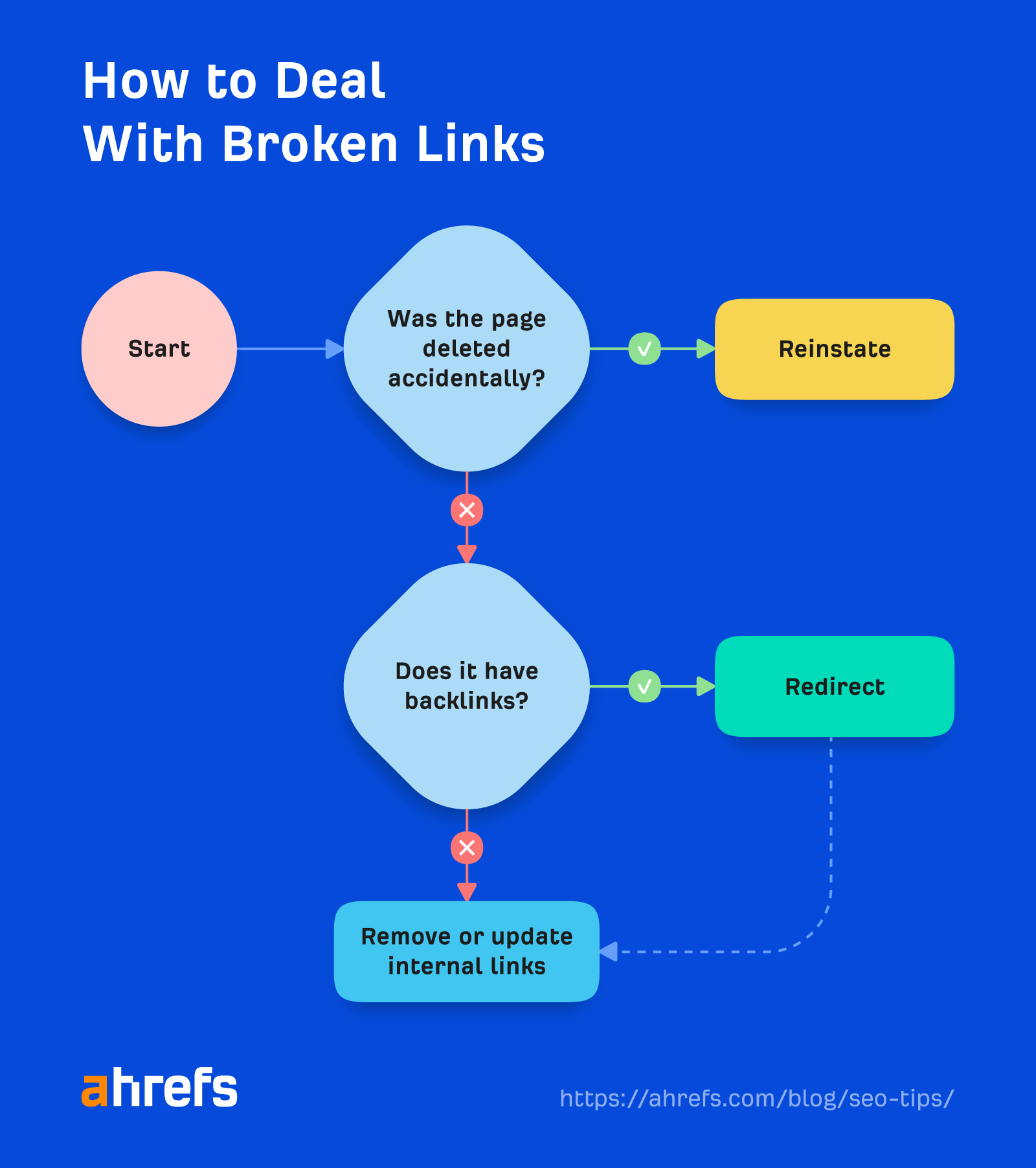

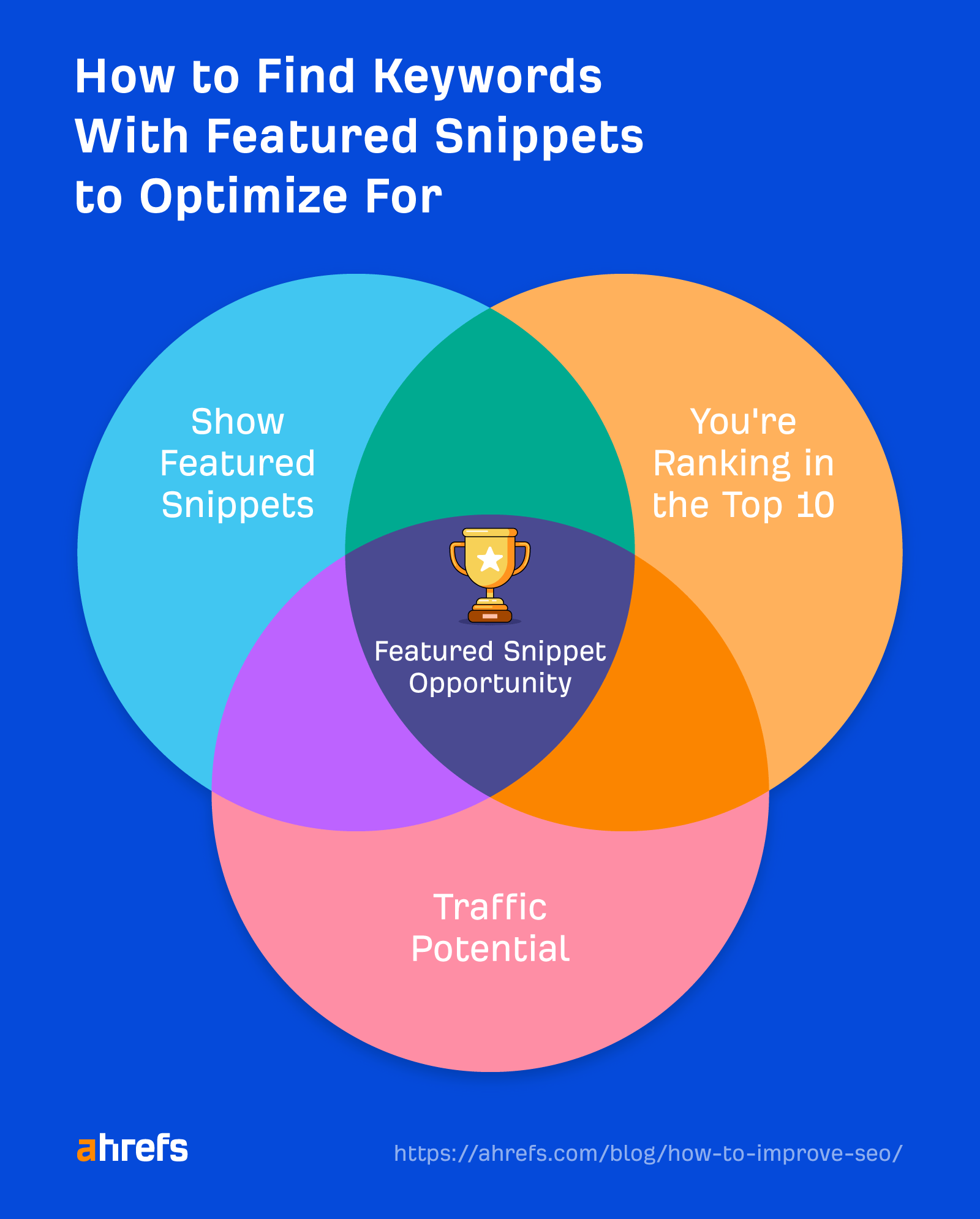


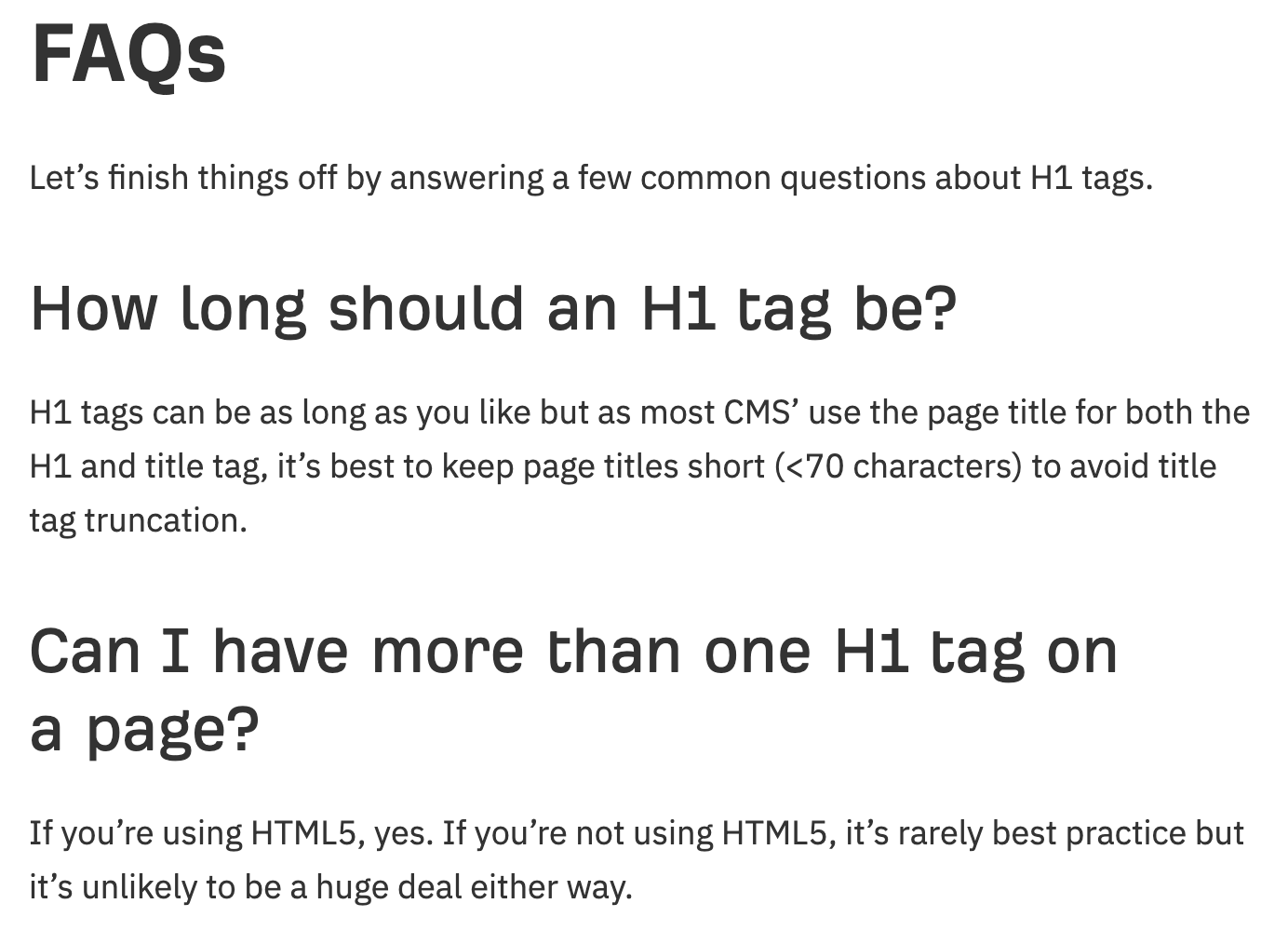












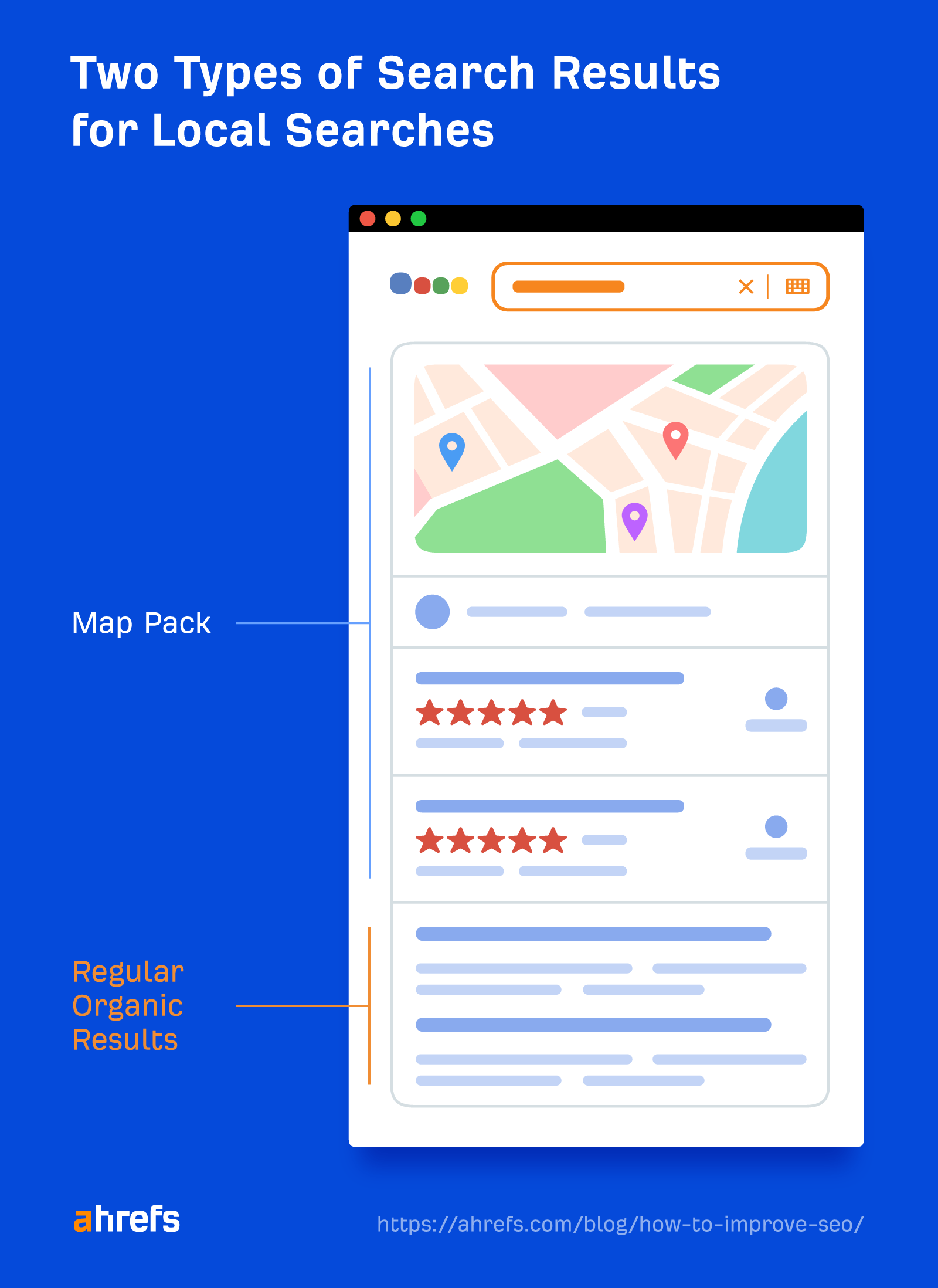
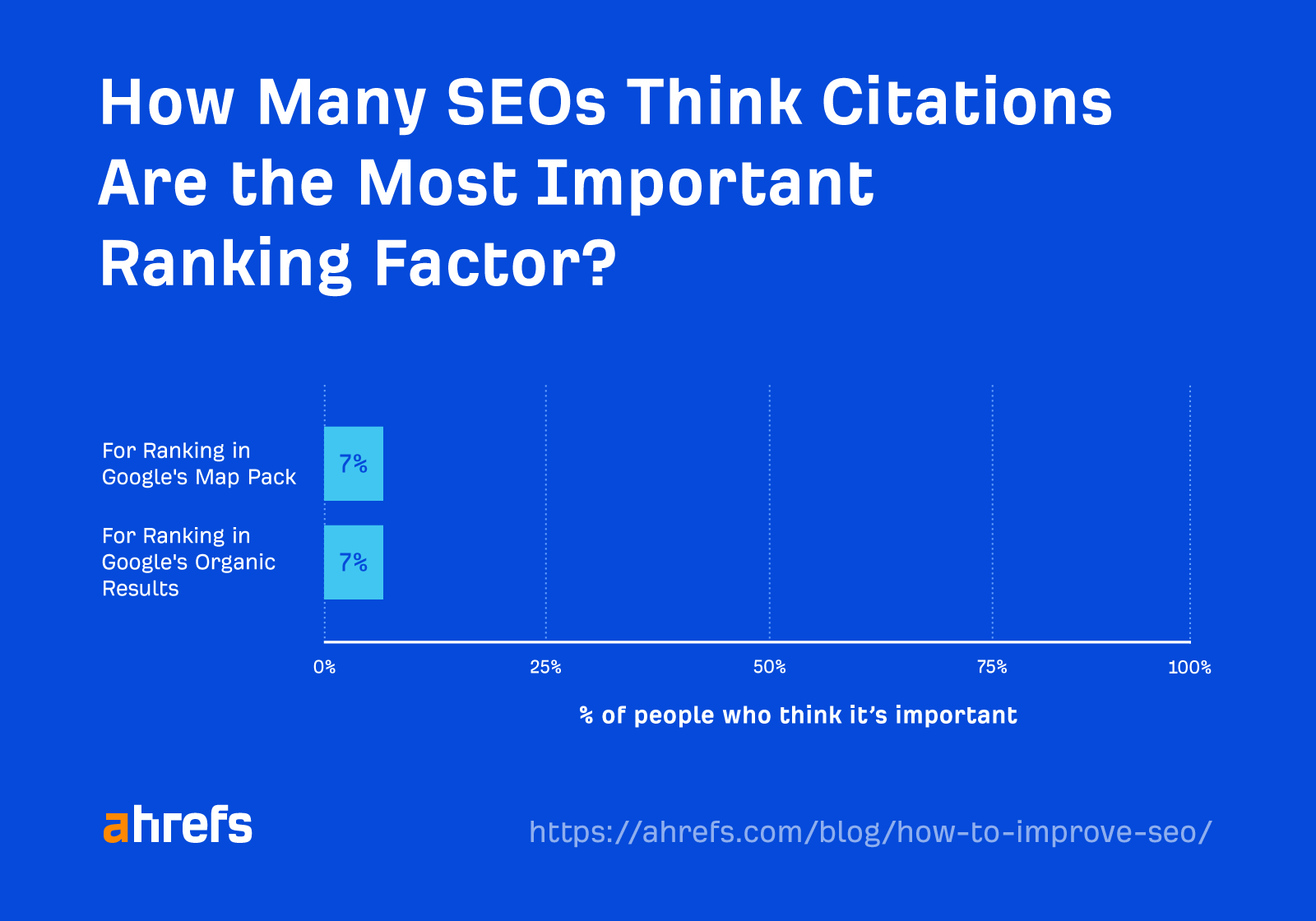



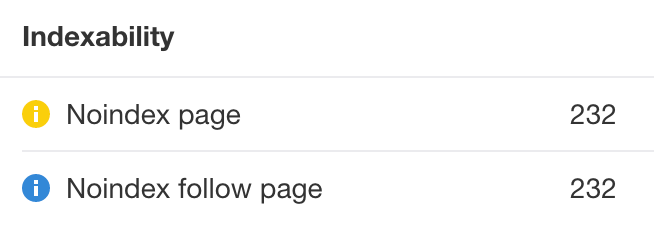
Final thoughts

 Fransebas
Fransebas 












